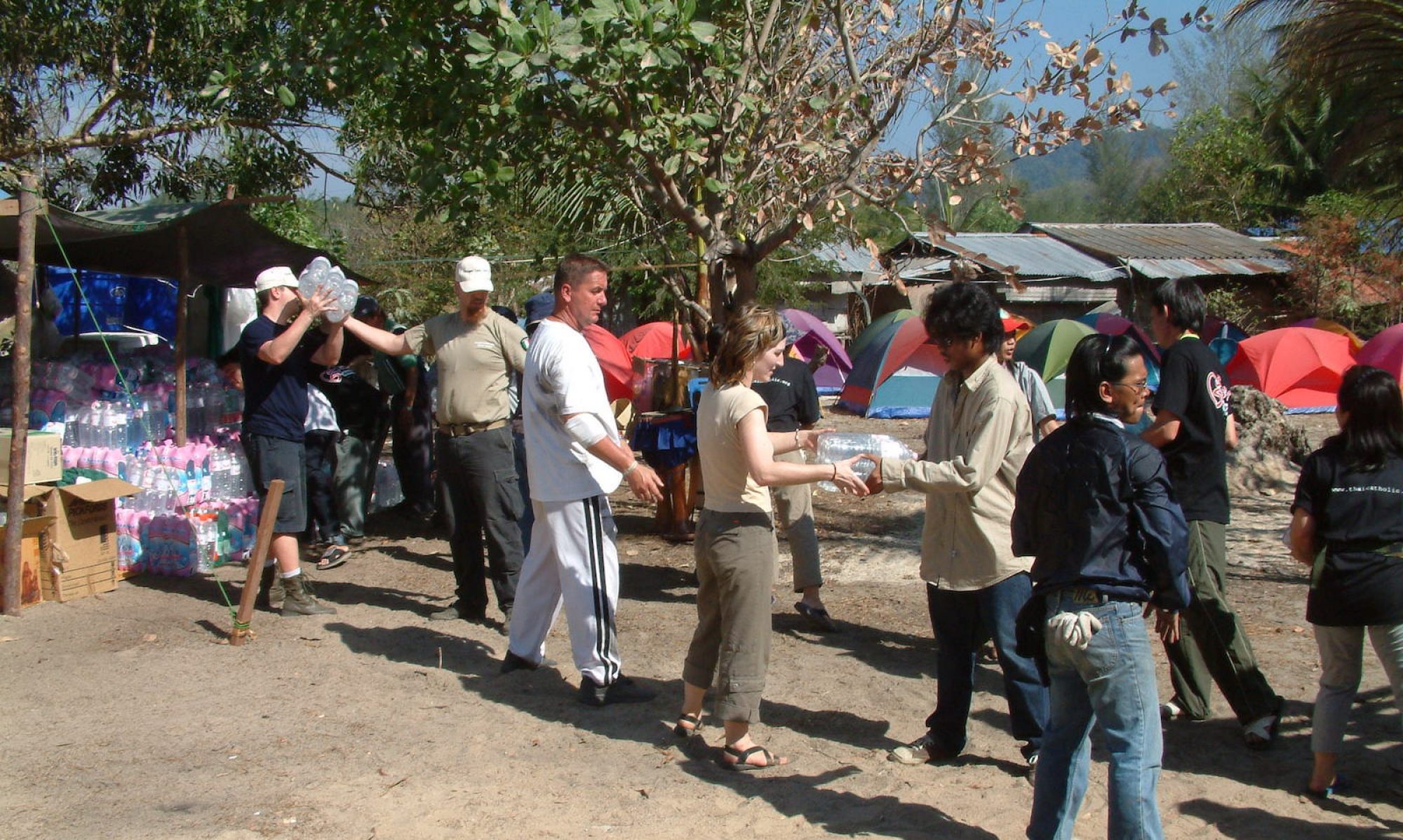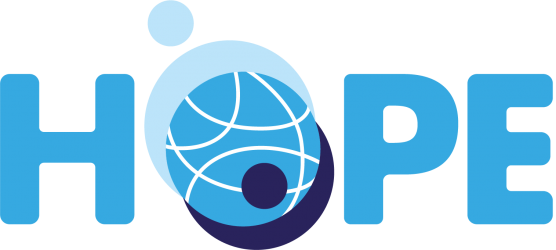Western Sahara is contaminated with mines and explosive remnants of war (ERW). A survey conducted in 2008 by Landmine Action identified a significant contamination, especially of unexploded submunitions, and mines. Landmine Action started battle area clearance (BAC) in 2008.
Between 1999 and 2008, Landmine Monitor identified 151 accidents caused by mines or explosive remnants of war (44 dead, 102 injured, and five unknown), most of them reported between 2006 and 2008. The collection of data on accidents improved over the last decade, but it was still incomplete, and the number of accidents was probably underestimated. An Intensive program of risk education was carried out from 1998 to 2000. After this, a few efforts were made and most of them were carried out by volunteers enrolled in programs that lacked the necessary funds for adequate dissemination of the risk messages.
Efforts in victim assistance have been limited over the past decade. Emergency transport continued to be inadequate and many survivors of the mines and explosive remnants of war died before they could be assisted. Medical facilities in the refugee camps lacked adequately trained personnel and financial resources. The rehabilitation and application of prosthesis improved in 2008, thanks to the kick-off of a program supported by the International Committee of the Red Cross (ICRC). Despite having some kind of assistance, there was a serious lack of economic opportunities for the survivors and for the psychological support in the refugee camps.
In November 2012, seven people, on both sides of the wall of shame that divides Western Sahara, died or were seriously injured as a result of the explosion of mines or other artefacts. Among the victims were two children.
A new accident occurred on Friday, January 18, 2013, in the Ziza Region, 64 km Northwest of the Miyek Region, when the Saharawi citizen Brahim Ahmed Mahmud, 71, got his foot amputated while he was grazing his cattle.
In 2016, 10 accidents caused by landmines have been reported in Western Sahara (9 in the Western zone of the Wall and 1 in the Eastern zone), which have caused 21 victims (4 deaths – two of them were girls – and 17 injured i).
In the 2017-2018 period, 33 new victims have been recorded.
Western Sahara is considered today as the world’s third country most contaminated by mines and ERW.
HOPE supports the local population by training the local mine action centre.

